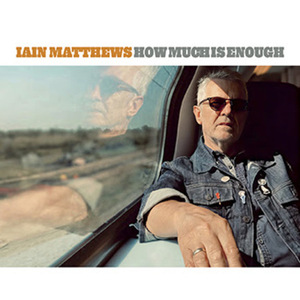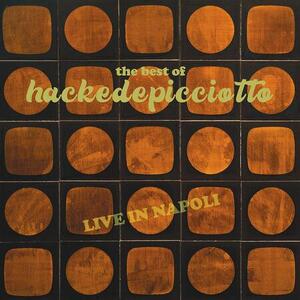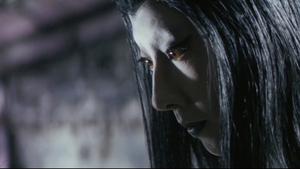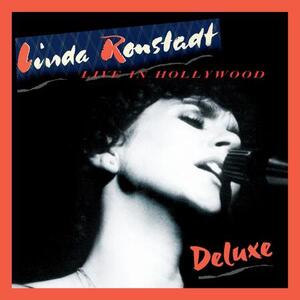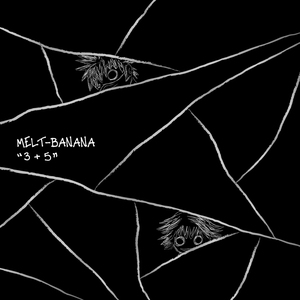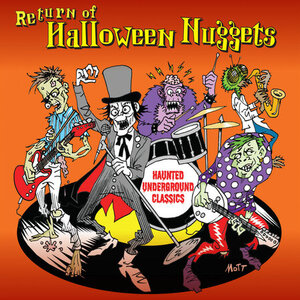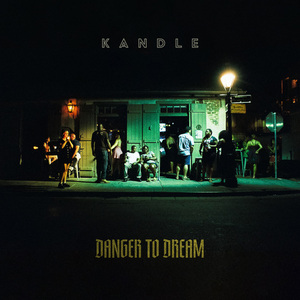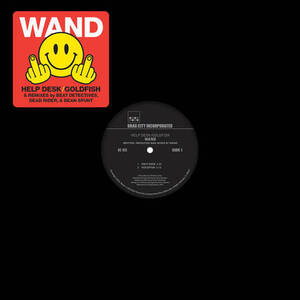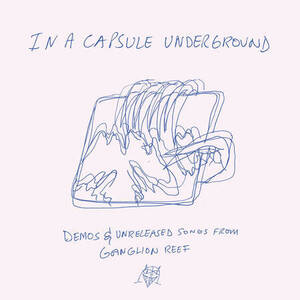The Not-So-Wonderful Non-Wizard of Oz
by Charles D.J. Deppner
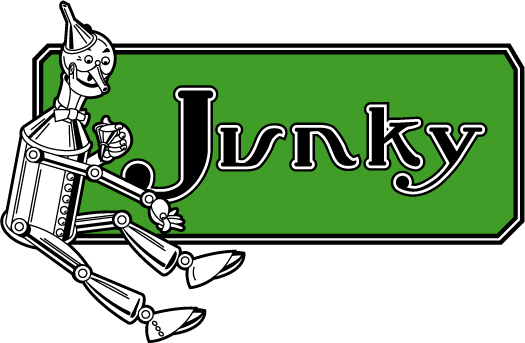
Devolving Cyborg and Return of Zardoz
Twain, Thoreau, Dickenson, Hemingway, Fitzgerald and Kerouac. If one were to mention greats in American Literature, these, to name a few, would certainly be mentioned. L. Frank Baum, however, is usually overlooked. Periodically throughout the century, since their inception, Baum’s Oz books have been ridiculed and persecuted for being both: A) a librarian’s nuisance with little worthwhile to offer young readers and B) a source of evil via its fictional dependence upon things magical. (Harry Potter fans should be able to relate.)
Yet, the Oz legacy endures, due greatly to the success of the film. But why is this particular film the most seen film of all time? It’s mostly due to how it has something lesser films often lack- a great story.
You’re welcome to read the book’s fanciful escapist surface as is: A little girl lost must find her way with the help of a brain-seeking scarecrow, a heart-seeking tin woodsman, a courage-seeking lion and a would-be wizard, while engaging and defeating a wicked witch.
But this approach only scratches the surface, for beneath this veneer lies four individuals questing after four chief goals of the human condition- intellect, love, ego and home, while traveling a road beset by hypocrisy and cruelty. It’s this type of symmetry and symbolism which is the true magic of Oz. Baum’s book provides a virtual lattice of symbolism, forming a net within which a beguiled subconscious can be caught. Self-help books and entire economic lessons have been based solely upon the Wizard of Oz.
Very few successful books make and break promises with their title alone and get away with it. The “Wizard of Oz” -as he called himself- was neither a wizard nor was he very wonderful. The yellow brick road is a path of disillusionment, where innocence comes to the realization and recognition of hypocrisy; the understanding that those who are supposedly in power manage by means of “smoke and mirrors” and have little more to offer than we can offer ourselves. If this doesn’t speak of the political or the cultural in us, what does?
Not unlike Jules Verne, Baum’s Oz ushered in the dawn of the last century and was a precursor to many ideas that permeate science fiction to this day. For example, the Tin Woodsman was not only a mere android as the film would suggest, but was first human; then part human and part machine; and finally completely machine.
However, a majority the Oz books that followed did not pack the impact of the original. In the original book deal Baum split the massive profits equally with W.W. Denslow, the illustrator who brought his characters to life via a more decorative and art noveau motif. In an effort to legally distance himself from Denslow, Baum hired a new illustrator, John R. Neill, and began saturating Oz with all types of new characters, thus ending a prosperous partnership that predated Oz’s inception. The new characters never matched the watershed upon which the franchise was founded, and Baum’s books more and more frequently began to return to adventures involving Dorothy, the Scarecrow, the Tin Woodsman, the Cowardly Lion and even the flim-flam Wizard himself.
L. Frank Baum died in 1919, living in relative obscurity and earning a meager living. By then he had signed away the publication rights to his Oz books in an effort to compete with Thomas Edison in the early art of the moving picture. To this day, the original Oz books are never given much credence, despite the 1939 film’s capacity to evoke the imaginations of young and old throughout compounded generations.
There is something extremely wonderful about Baum’s Land of Oz and, at the same time, something extremely American: a marriage of rural and metropolitan, animal and technological, modern and traditional, naivite and hypocrisy, as well as just plain good and old-fashioned evil.
Iceberg Out.

